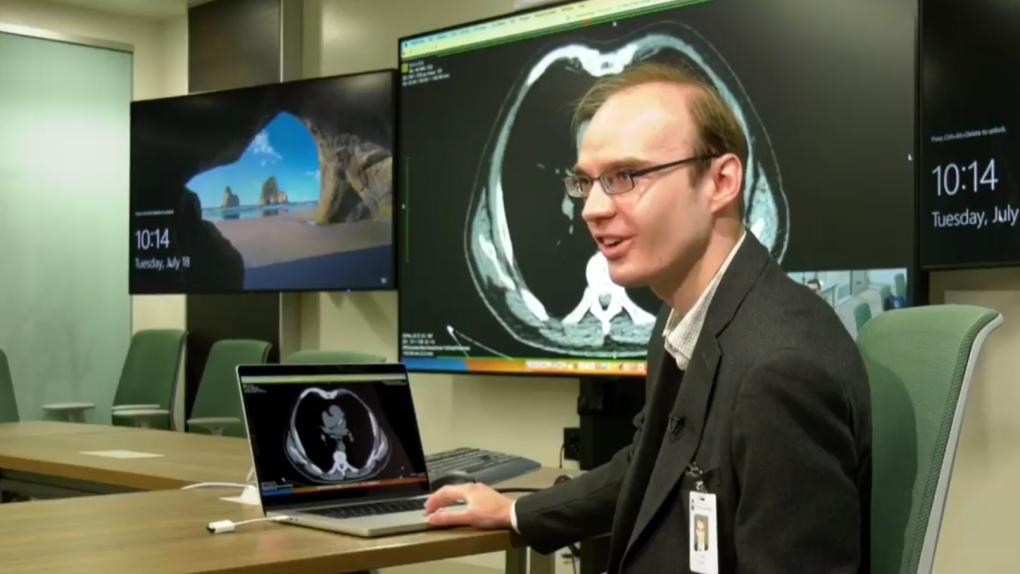Cardiovascular
Sask. university researchers using AI to measure ‘biological age’, help reduce risk of cardiovascular disease
Researchers at the University of Saskatchewan are using artificial intelligence (AI) to better predict risk factors for cardiovascular disease (CVD).
The technology is being used to gather more information from common diagnostic imaging like CT scans.
Dr. Scott Adams is a cardiothoracic radiologist and assistant professor at the University of Saskatchewan. He is part of a project that hopes to better predict cardiovascular disease.
“When we think about cardiovascular disease, it’s the number one killer in Saskatchewan,” he said. “It’s the number one killer across the world. Identifying patients at high risk of CVD is absolutely critical so that we can offer them effective treatments to reduce the risk.”
Adams says the current models of predicting CVD are not optimal, as they rely more on a patient’s chronological age rather than biological age.
“When we think of age, we think of it based on a patient’s year of birth, but there are more effective ways to think about the concept of age,” Adams told CTV News. “ Attempting to get at some of these genetic, epigenetic, environmental and lifestyle factors that all come together to modify a patient’s rate of aging.”
Using the power of machine learning and AI, Adams hopes to harness more data from imaging like CT scans.
“The power of artificial intelligence allows us to extract additional information from these CT images,” he said. “And some of this information is beyond a physician’s perception. Without the use of AI tools, we wouldn’t be able to gather this information.”
Teaming up with Seok-Bum Ko of the College of Engineering, they are developing a new model that more accurately measures biological age.
Adams says the results of the project, given a grant by the Saskatchewan Health Research Foundation (SHRF), will have applications around the world once the models are created and validated.
“The models we build here in Saskatchewan have great potential to be applied really across the world, which is faced with the burden of cardiovascular disease,” he said.
The project was given $150,000 by the SHRF Establishment Grant program.

